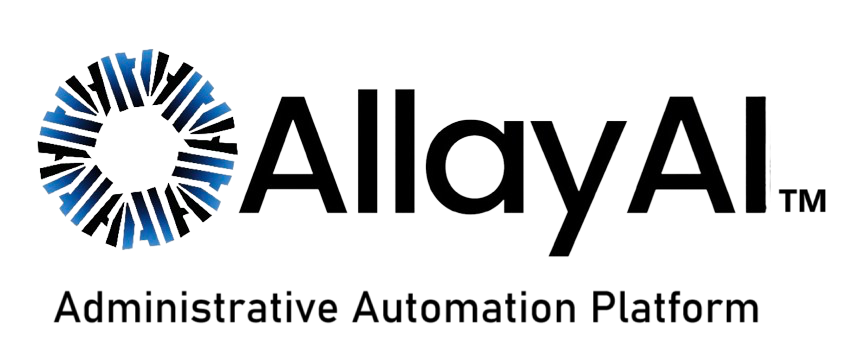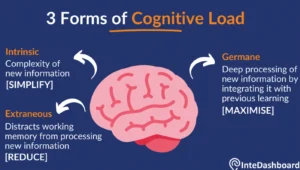The Hidden Strain Behind the White Coat
Dr. Emily Thompson, a longtime family medicine physician, remembers when the highlight of her day was actually talking to her patients. “Now,” she says, “I spend more time clicking boxes than connecting with my patients.” And unfortunately, she’s far from alone.
According to a 2024 American Medical Association study, doctors now spend nearly 5.8 hours of every 8-hour workday managing electronic health records (EHRs). And that doesn’t even include the extra hours after clinic, what many call “wind down period,” when documentation continues late into the night. This behind-the-scenes burden is one of the biggest reasons so many physicians feel burned out. Even though burnout rates have dipped slightly from their 2022 peak, nearly half of all doctors still report feeling emotionally drained, disconnected, and even questioning their sense of purpose in medicine.
The Real-Life Toll of Burnout
For doctors like Dr. Thompson, the effects aren’t just professional, they’re deeply personal. All that clicking and charting comes at a cost. It means less time with patients. Less time at home. Less time to just relax. And when that emotional exhaustion builds up, it spills into everything: patient care, job satisfaction, even relationships with family and friends.
Burnout isn’t just frustrating. It’s dangerous. It’s linked to:
- More medical errors
- Lower patient satisfaction
- Higher physician turnover
In fact, a study published in Mayo Clinic Proceedings found that burned-out physicians are twice as likely to make diagnostic mistakes. And research in JAMA Internal Medicine shows that burnout can damage patient communication and outcomes, too. The cycle is exhausting:
More documentation → Less patient time → More stress → Lower care quality → Less job satisfaction → Less work-life balance.
It’s no wonder so many doctors are wondering, “Is this what I signed up for?”
Reclaiming the Joy of Medicine
Here’s the thing, physicians didn’t go into medicine to become data entry specialists. They became doctors to care for people, to heal, to make a difference.
That’s where AllayAI comes in. Instead of adding yet another thing to juggle, AllayAI runs quietly in the background, automating documentation so doctors can focus on what really matters. With real-time transcription, it listens during the visit, captures clinical notes, and organizes them automatically. No typing. No toggling between tabs. Just presence, connection, and care.
One Clinic’s Game-Changing Experience
Take a busy community clinic that serves patients from all backgrounds. Before AllayAI, visits were a balancing act: flipping between charts, interpreters, and notes; trying to listen, document, and care for the patient all at once.
With our AI medical scriber, however, doctors could look their patients in the eye again. They could listen, engage, and build trust, without falling behind on notes. The tech quietly handled the background tasks so real connection could take the front seat. And for some, the shift was dramatic.
“OMG! I think you have a real game changer here!!! … I can save 20–25 minutes per patient and I have my weekends back,” said Dr. Barbie Sandall, an OBGYN at Renaissance Healthcare for Women.

That’s not just saved time, it’s reclaimed life. Because for so many doctors, the day doesn’t end when the last patient leaves. The notes follow them home. The laptop comes out after dinner. Weekends become catch-up time. In fact, according to the 2023 Medscape Physician Burnout Report, 71% of physicians said their work left them feeling like they didn’t have enough personal time. That’s not sustainable for anyone.
With AllayAI, the balance starts to shift back.
- Workflows are easier.
- Patients feel heard.
- And doctors finally get some breathing room, sometimes even their weekends back.
Looking Ahead: Bringing Heart Back to Healthcare
We all know the system isn’t perfect. But what if there was a way to bring the heart back into healthcare, without burning out the people who keep it going? That’s what tools like AllayAI aim to do. By easing the burden of documentation, they give doctors space to reconnect with their patients, their purpose, and themselves. When we support physicians, we support better care for everyone.



